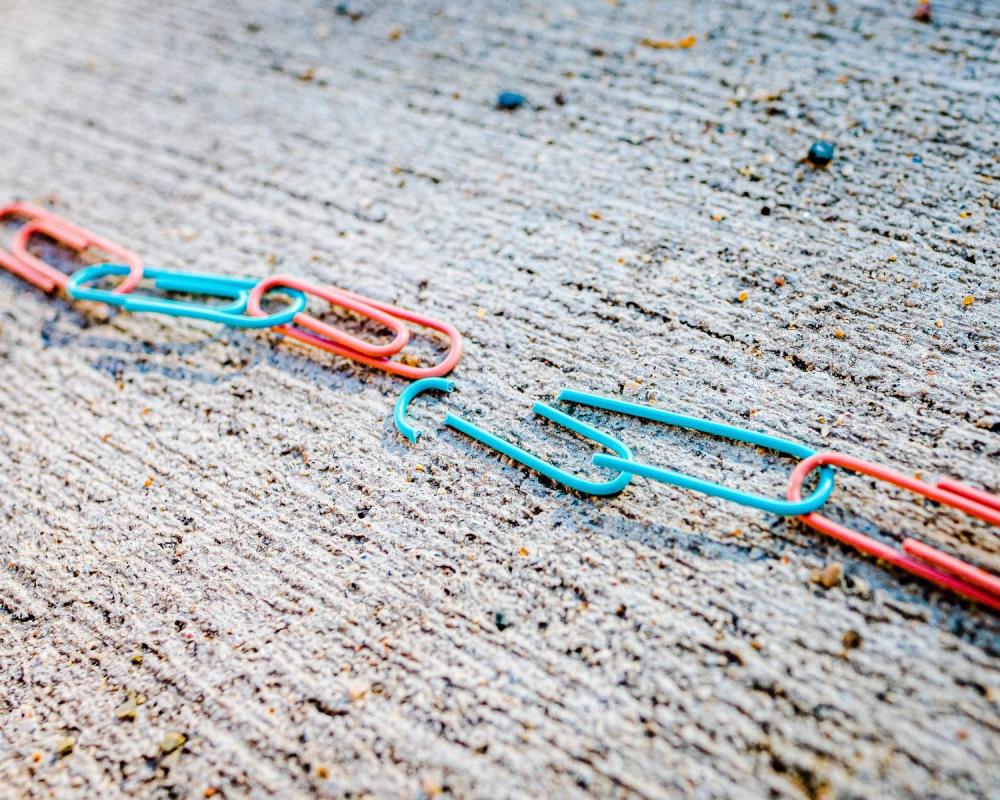Dentistry in a kaleidoscope of centuries and cultures – dentistry is considered one of the oldest fields of medicine in the world. Everyone knows how a tooth hurts. There is nothing more painful than… well, except the pain of childbirth. Everyone also needs to eat to survive. For this, he needs healthy teeth. Toothache can affect eating or even make it impossible to eat, then a visit to the dentist is necessary. As long as the world exists, it has always been, is and will be.
Worms in the teeth, or what is caries?
In the past, dentists did not always provide purely medical services. Thus, dental services are a complement to craftsmanship. From the 5th to 15th centuries, dentists were simply experts in almost everything. He performs major surgical procedures and handles hair and shaving. For a long time, people did not understand the causes of tooth decay. So the doctors of that time got lost in the jungle of conjecture. The cause of yellowing and tooth decay is unknown. A more intriguing but also popular theory is that there was a small insect in the tooth. His food is his teeth. This theory has been developing for 5,000 years. In some parts of the world, this interpretation even persisted into the 20th century.
- https://www.szepto.pl/przygotowanie-jachtow-do-sezonu-jakim-pracom-warto-je-poddac/
- https://www.pilicka.net.pl/ile-kosztuje-jeden-implant-najwazniejsze-aspekty/
- https://www.martex.net.pl/pozycjonowanie-stron-w-poznaniu/
Dentistry is 100 million years old
Dental history is an integral part of medical history. It is worth remembering that caries existed before man. Even… dinosaurs suffered from it. Various methods have been used to combat this common disease. Do the same with dentures or unsightly lips. However, the road to achieving the current level of dental services is long and bumpy.
The history of dentistry began in the ancient Sumerian country – about 5000 years ago. Years ago. This is where the first information about dental procedures appears. That’s about 5,000. The first attempts to drill teeth were made in the Indus Valley many years ago. In those days, herbs and … acupuncture were mainly used to treat teeth and stop bleeding from the mouth. The ancient Egyptians made the first attempt at prosthetics. On the other hand, the Chinese treat abscesses. They pierced them and took out the contents.
In 500 BC, the first set of tooth extraction tools appeared. The author of this invention is Sushruta, an Indian physician. In ancient Rome and Greece, instrument sterilization was a top priority. These tools burn in fire. It was also here that the first operations in the field of maxillofacial surgery were performed. This is a broken jaw wiring. The Mayans interested in implantology procedures are not bad either.
They use natural animal teeth or dentures made of precious stones. Doctors were craftsmen in the Middle Ages. Tooth extractions are usually performed by a blacksmith or barber. Use pliers and pliers to remove the teeth. The Renaissance is also the rebirth of dentistry. The word dentist first appeared in France. The first toothbrush was invented in China. At the turn of the 16th and 17th centuries, dental mirrors were invented. In 1790, American physician John Greenwood performed the first modern tooth drilling procedure. He attached a dental drill to his mother’s spinning wheel. From the beginning of the 19th century, dental services gained momentum. In 1816, amalgam was first used to fill cavities in teeth. After 24 years, ether anesthesia was used for the first time. At the end of the 19th century, the first X-ray images were taken. Then toothpaste in a tube was invented. The 20th century can be described as the era of high-speed tools. It first appeared in the late 1950s. In the mid-1960s, implantology developed rapidly. In the 21st century, special attention has been paid to the development of dental aesthetics and implantology.
Dentistry in Poland
Polish dentistry was born a long time ago. In fact, its origins should be sought in the times of Casimir the Great. Why? Because it was his royal decision to establish the Cracow Academy that contributed to the emergence of scientific medicine in Poland. One of its fields is the so-called dentistry. At the beginning of the 15th century, professor Maciej Miechowita from Krakow wrote the treatise „Conservatio sanitatis”. It is the first compendium of knowledge on oral hygiene and dental treatment methods.
Dentistry itself and dental services in Poland were recognized as a separate branch of medicine only in 1898. The reason was the publication of the first issue of the annual Przegląd Stomatologii, whose editor-in-chief was Bolesław Dzierżawski. In the first year of operation, the publishing house managed to publish about 25 scientific papers in the annual Przegląd Dentistry. There are also over 130 summaries and studies from foreign journals. The premiere edition alone has 400 pages. The magazine was very popular among dentists and was published for the next 7 years. If not for the serious illness of the editor-in-chief and the lack of a leader who could continue the project, „PrzeglÄ…d” would disappear from the publishing market.






